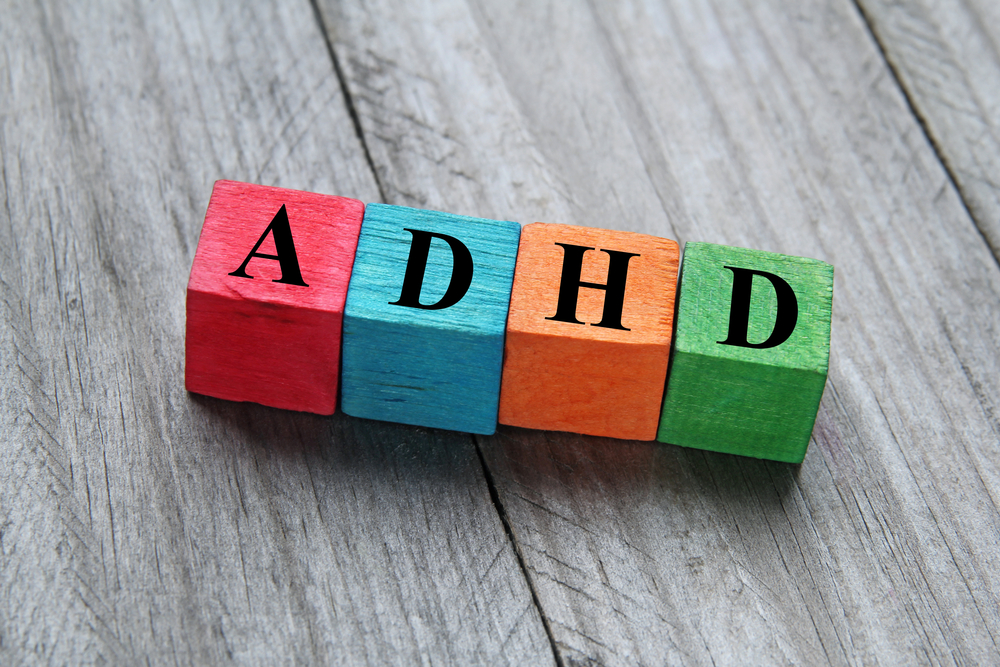
What Is ADHD?
Are you or someone you love suffering from negative symptoms of attention-deficit/hyperactivity disorder?
The letters “ADHD” translate to Attention Deficit Hyperactivity Disorder. According to the American Psychological Association, ADHD is one of the most prevailing mental health disorders in the United States. It affects children and a small percentage of adults in the US.
One of the telltale symptoms of ADHD in children is self-stimulating behaviors or “stimming.”
The key factors that indicate ADHD are inattentiveness, hyperactivity, and impulsivity. Left unchecked, we may incorrectly label people with this condition as being “difficult” or having behavioral problems.
When ADHD is the culprit, self-stimulating behaviors actually represent an internal defense mechanism designed to help us self soothe and relieve anxiety.
Self-Stimulating Behaviors
Psychology researchers find that self-stimulating behaviors in children normally result from an unconscious desire to self soothe. In most cases, a child or adult who is experiencing a sensory overload will automatically begin to self soothe when they become overwhelmed.
We all experience self-stimulating types of behaviors when we twiddle our thumbs, pace back and forth, or repeatedly tap our fingers rhythmically.
The difference in regular self-soothing behaviors and stimming is that self-stimulating behaviors appear to be excessive for parents, other children, and psychology professionals trained to observe and diagnose mental illness.
Sensory overload in people with ADHD often results in self-stimulating behaviors that can look like any of the following examples.
- Excessive Talking
- Tapping
- Spinning
- Humming
- Rocking Back and Forth
- Head Banging
It’s important to note that stimming can look like any of these and other behaviors where hyperactivity or inattention are present.
Getting Treatment
You and your loved ones don’t have to suffer from the effects of ADHD alone. Mental health researchers at the American Psychological Association estimate that as much as 8.5% of children and 2.5% of the adult population in the US suffer from ADHD symptoms.
If you or someone you love is exhibiting symptoms of ADHD or has recently been diagnosed with this disorder, get help! Seek professional treatment from a licensed mental health professional in Chandler, Arizona.
Treatment will often begin with recommendations for medical testing, laboratory blood testing and evaluation to rule out physical health disorders.
Once physical health issues are ruled out, trained mental health professionals will start psychiatric evaluations to assess mental health symptoms.
If you are looking for testing and treatment options for ADD/ADHD, bipolar disorders (BPD), obsessive-compulsive disorders (OCD) and other mental disorders Please feel free to contact me!
Mental health treatments to reduce the negative effects of ADHD in adults in children can include medication, psychotherapy, or a combination. A licensed mental health professional can help determine the best treatment for individual cases.
Call 623-692-9933 for an appointment in Chandler, AZ.